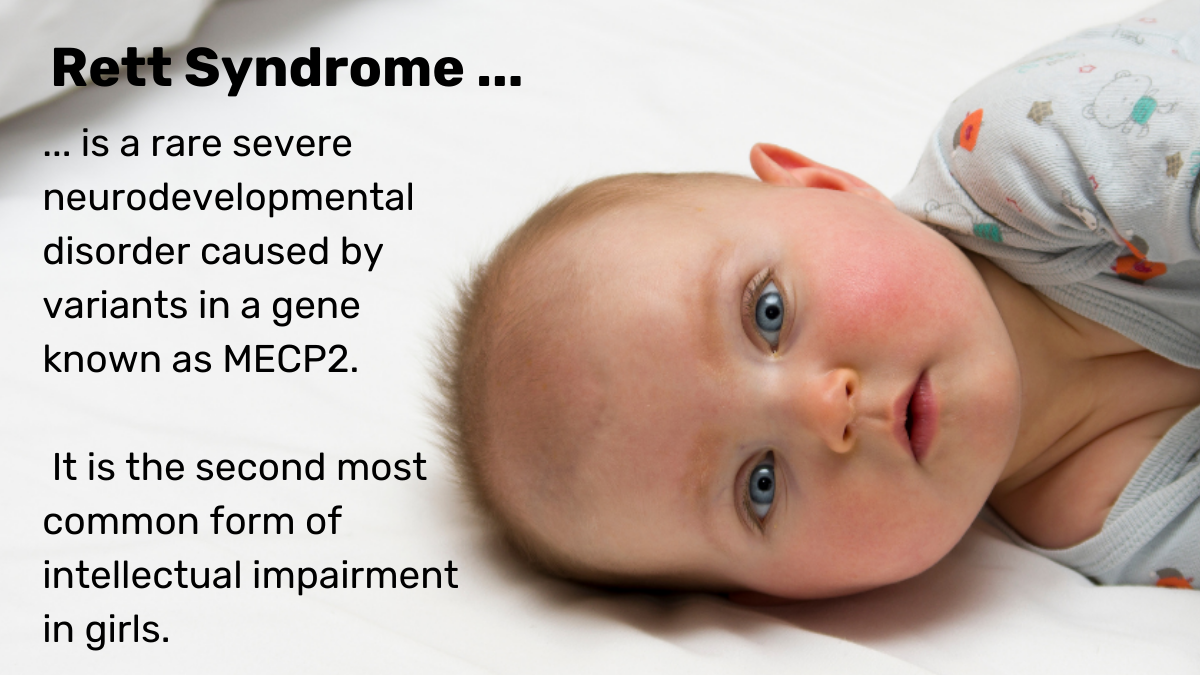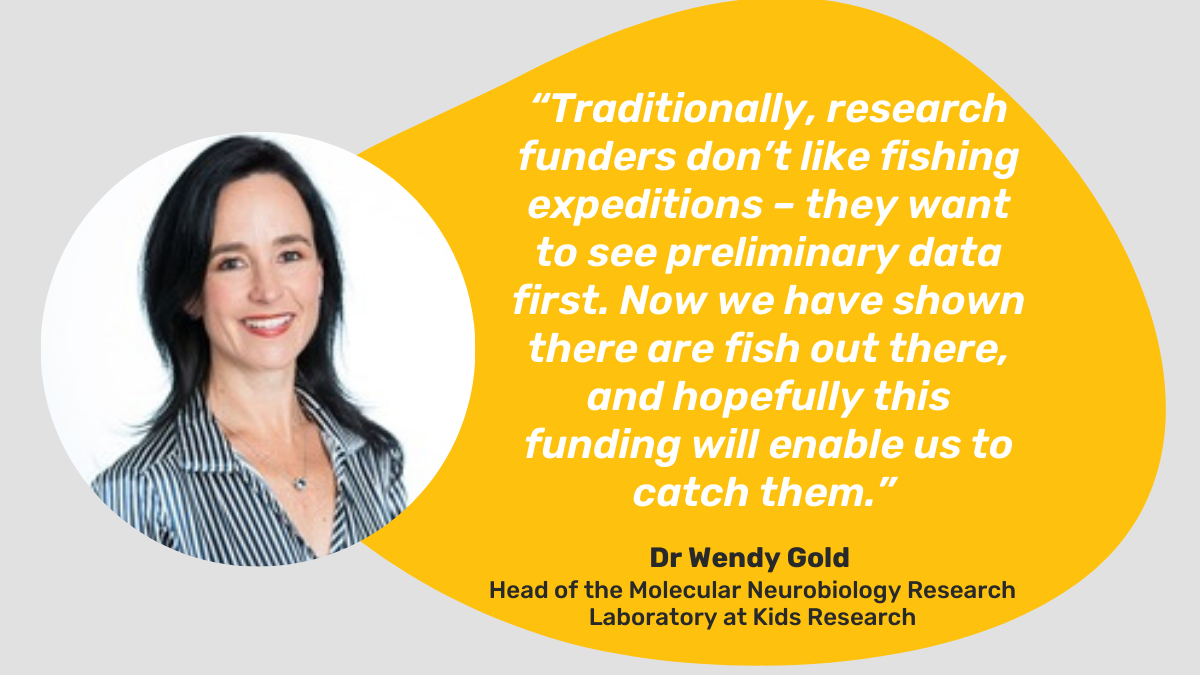Researchers around the world are desperately looking for a treatment for Rett syndrome, a severe genetic disease that causes babies to lose movement and communication. It affects one in 10,000 children, mainly girls, including 430 in Australia.
Rett syndrome is hard to diagnose and is often confused with autism or mitochondrial disease as girls with Rett syndrome have symptoms that overlap with characteristics of these disorders.
Our project is sifting through more than 700 chemicals found in the blood and urine of girls with Rett syndrome to see whether they are different from those in children without the disease.
These chemicals, called metabolites, could one day be measured in a simple test that would help doctors in their diagnosis, and test whether the disease is progressing, or treatment is working.
Our findings will be invaluable for scientists around the world who are looking for treatments for Rett syndrome, by providing a reliable measure of whether their therapy is working.

It often takes around four years for families to receive an accurate diagnosis of Rett Syndrome. There is no effective treatment for the condition, despite numerous national and international clinical trials.
One of the reasons clinical trials have failed is that no clinically useful biomarkers have been identified for Rett syndrome.
Luminesce Alliance funding is being used to analyse blood and urine samples from girls with Rett syndrome to find biomarkers – molecular indicators of the disease’s severity and progression.
The study is searching for biomarkers among more than 700 metabolites (chemicals) in the samples, using state-of-the-art technologies that can identify any disruptions in these chemicals in one test.
Dr Wendy Gold, Head of the Molecular Neurobiology Research Laboratory at Kids Research, says the ultimate aim is for clinicians to be able to test for these biomarkers to aid in the diagnosis, and for scientists and pharmaceutical companies to have a reliable measure of disease improvement in clinical trials.
“We would like to find a biomarker that is expressed at a different level between Rett patients and non-Rett patients. Then we can measure whether it changes with disease progression and treatment.”

As well as this ‘fishing expedition’ to look for biomarkers, Dr Gold and her team are studying two specific biomarkers known to indicate mitochondrial stress, which they believe from laboratory tests could also indicate disease progression in Rett syndrome.
The project will determine whether these biomarkers can help diagnose the stage and severity of Rett syndrome in girls and whether they can predict the course of the disease.
“Traditionally, research funders don’t like fishing expeditions – they want to see preliminary data first. Now we have shown there are fish out there, and hopefully, this funding will enable us to catch them.”



 Back to News
Back to News